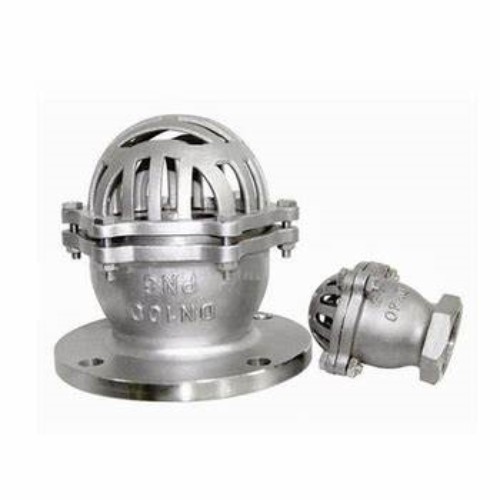flange end butterfly valve
Understanding Flange End Butterfly Valves An Overview
Flange end butterfly valves are critical components widely used in various industrial applications, particularly for regulating flow in pipelines. These valves are known for their simple design, lightweight construction, and effective performance, which make them an ideal choice for many industries, including water treatment, chemical processing, and HVAC systems.
What is a Flange End Butterfly Valve?
A butterfly valve is a quarter-turn rotational valve that uses a disc to regulate the flow of fluids. The disc is mounted on a rotating shaft and is positioned in the center of the pipe. When the valve is closed, the disc blocks the flow; when opened, the disc rotates out of the way, allowing fluids to pass through. A flange end butterfly valve features flanged ends, which allow the valve to be easily connected to piping systems using bolts. This design provides a secure and leak-proof joint, making it suitable for high-pressure applications.
Advantages of Flange End Butterfly Valves
1. Space and Weight Efficient One of the most significant advantages of flange end butterfly valves is their compact design. Compared to other valve types, such as gate valves or globe valves, butterfly valves occupy less space and are lighter, making them easier to install and handle.
2. Flow Control These valves offer excellent flow control characteristics. With a simple quarter-turn operation, they can quickly open or close, making them suitable for applications that require rapid flow regulation.
flange end butterfly valve

3. Cost-Effective Flange end butterfly valves are typically more cost-effective than other valve types, both in terms of initial purchase price and maintenance. Their durable design reduces the frequency of replacements and repairs, making them a long-term investment.
4. Versatility They can be used for a wide variety of fluids, including water, gases, slurries, and corrosive substances. This versatility makes them ideal for numerous industries, including oil and gas, water treatment, food and beverage, and pharmaceuticals.
5. Minimal Pressure Drop Due to their design, flange end butterfly valves create minimal pressure drop when in the fully open position. This characteristic is particularly important for maintaining system efficiency and reducing energy costs in a piping system.
Applications
Flange end butterfly valves are employed in diverse applications. In water treatment facilities, they serve to control the flow of water and regulate pressure in different stages of the treatment process. In the chemical processing industry, they are used to manage corrosive substances, often available with specialized coatings or materials to handle specific chemicals. HVAC systems benefit from their ability to regulate airflow effectively, contributing to overall energy efficiency.
Conclusion
In summary, flange end butterfly valves are valuable components in various industrial settings due to their efficiency, cost-effectiveness, and ease of installation. Their ability to provide reliable flow control while minimizing pressure loss makes them an essential choice for engineers and designers. As industries continue to evolve, the importance of reliable and efficient flow control solutions will only increase, solidifying the role of flange end butterfly valves in modern systems. Whether you're involved in water management, chemical processing, or any other field requiring fluid control, understanding the benefits and applications of these valves will help you make informed decisions for your piping needs.
-
Premium Gas Ball Valves: Safe & Reliable Flow ControlNewsAug.31,2025
-
High-Security Lockable Gas Valve - Tamper-Proof ControlNewsAug.30,2025
-
Reliable Hydraulic Valves for Efficient Fluid ControlNewsAug.29,2025
-
Reliable Electric Actuators for Industrial Valve AutomationNewsAug.29,2025
-
Premium Line Blind Valves for Secure Pipeline IsolationNewsAug.29,2025
-
Premium Electric Valves for Smart Fluid Control SolutionsNewsAug.29,2025
-
Precision Balanced Valves for Optimal System PerformanceNewsAug.29,2025




